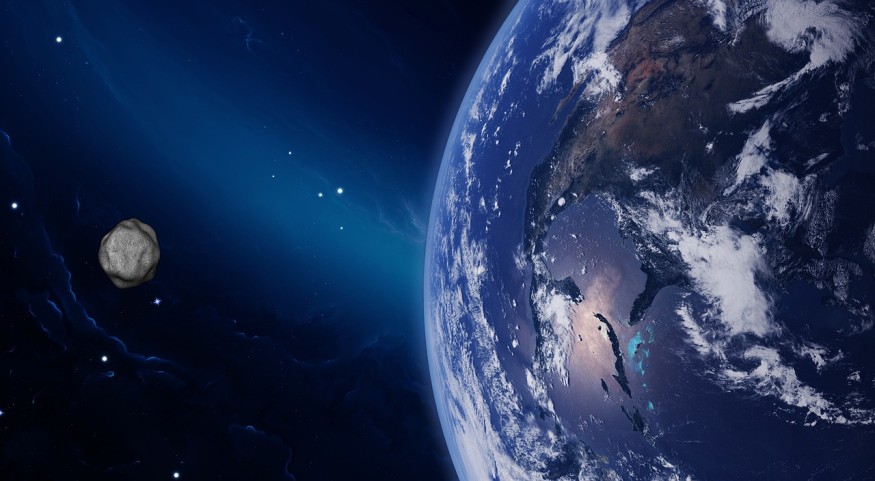Astronomers discovered Earth's second Trojan asteroid that has been trapped in the same orbit as Earth for thousands of years. They named the asteroid orbiting in the dead zones where gravitational forces allow it to stay in orbit at the same speed as Earth as 2020 XL5 .
The first Trojan asteroid was discovered over a decade ago, in 2010. In the Solar System, only Jupiter, Neptune, Mars, and Earth share their orbit by a space rock.

What Is A Trojan Asteroid?
According to Space.com, Trojan asteroids are small space rocks that share the same orbit as a planet. These space rocks also orbit around the host star of the planet it shares the orbit.
Astronomers have spotted Trojan asteroids around some planets in the Solar System and, in 2010, spotted one of these objects near Earth. The asteroid 2010 TK7 has been confirmed to orbit along the same path as Earth's orbit. But now, a new study reveals a second Trojan asteroid that was first spotted in 2020.
It is the second object of its kind, proving that Trojan asteroids are not a rare sighting and that there could be possibly more of them. The new study's lead author Toni Santana-Ros, a researcher at the Unversity of Alicante, said that the discovery of the 2020 XL5 encourages scientists to keep enhancing survey strategies and capabilities to find Earth's very first primordial Trojan asteroid.
ALSO READ : NASA Spotted a Bus-Sized Asteroid Heading to Earth in Early 2022; Is It a Threat to The Planet and Humanity?
Discovery of Trojan Asteroid 2020 XL5
The second Trojan asteroid was originally discovered on December 12, 2020, by researchers from the University of Barcelona. According to MailOnline, this newly-detected asteroid is 1,800ft-wide and is a great candidate for future flyby missions when astronauts would go beyond the International Space Station and the Moon to explore space.
Researchers used ground-based observations via the 4.1-meter Southern Astrophysical Research Telescope on Cerro Pachón in Chile to determine the composition of asteroid 2020 XL5 in which they found that it is most likely made up of carbon and may have come from the asteroid belt between Jupiter and Mars.
Santana-Ros and colleagues who studied the new asteroid combined archival data with observations and confirmed that it is indeed Earth's second Trojan asteroid.
It remained in the same orbit as Earth for the last 4,000 years, although both known Trojan asteroids will never get closer than 50 times the distance between the Moon and Earth. They wrote in their research paper that these asteroids have been orbiting around the L4 or L5 Lagrangian points of a solar system. But their peculiar orbits have created key constraints to the Solar System evolution models.
Study co-author Cesar Briceño from National Science Foundation's National Optical-Infrared Astronomy Research Laboratory (NOIRLab) said in a statement that it was challenging to observe the Trojan asteroid because it requires a telescope that can correctly track it at its lowest elevation limit.
Santana-Ros told Space.com that an orbiting asteroid in the L4 and L5 points of the Su-Earth system would only be visible during a short time window near twilight.
They published the full findings of their study, titled "Orbital Stability Analysis and Photometric Characterization of the Second Earth Trojan Asteroid 2020 XL5," in the journal Nature Communications.
RELATED ARTICLE : NASA's Lucy Space Vessel Set to Obtain New Astronomical Records in Trojan Asteroid Investigation Near Jupiter
Check out more news and information on Trojan Asteroid in Science Times.
© 2025 ScienceTimes.com All rights reserved. Do not reproduce without permission. The window to the world of Science Times.












